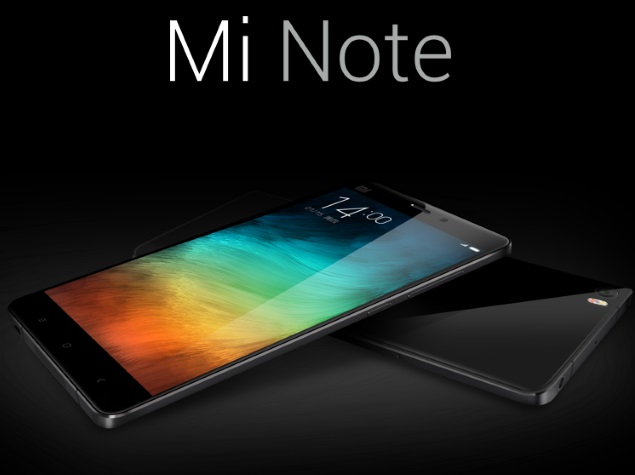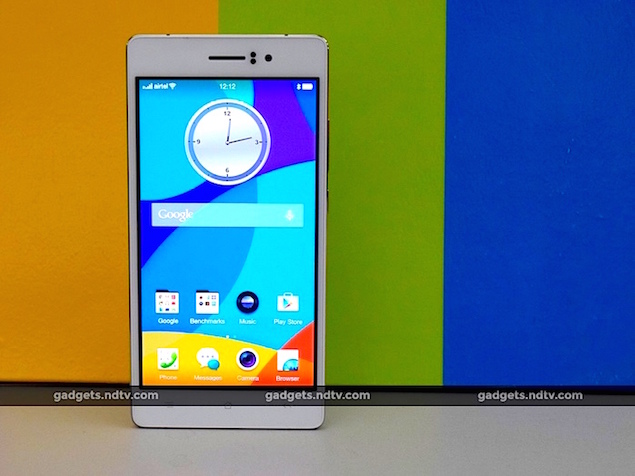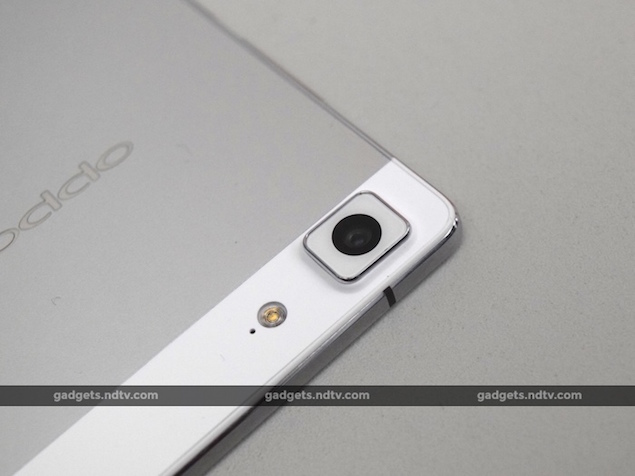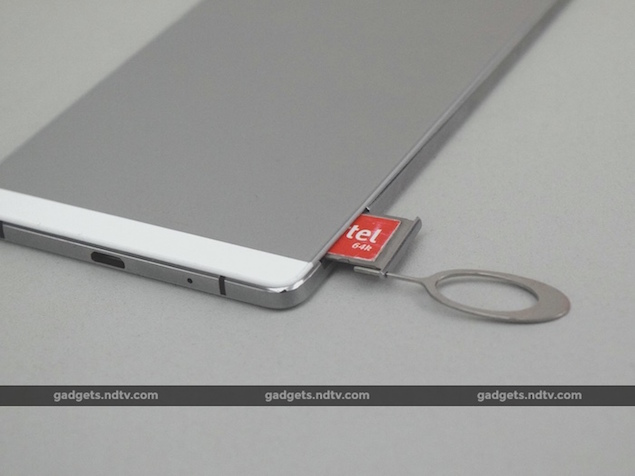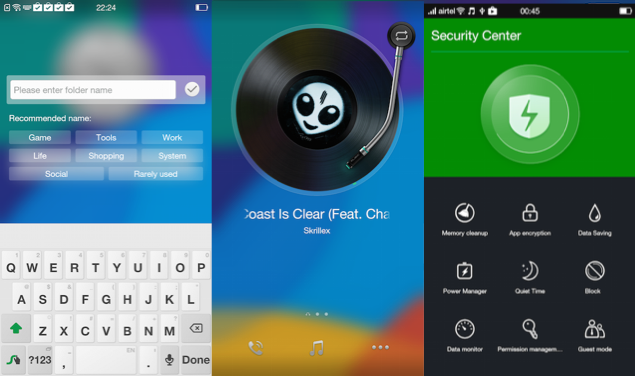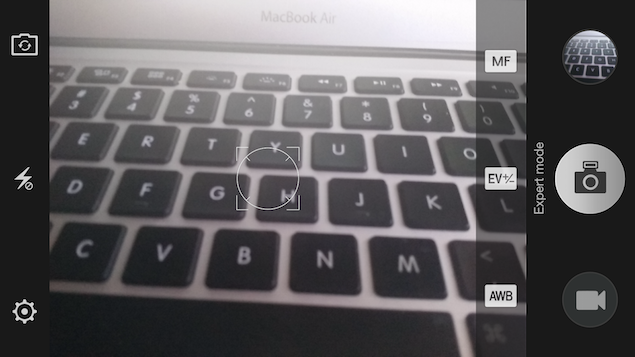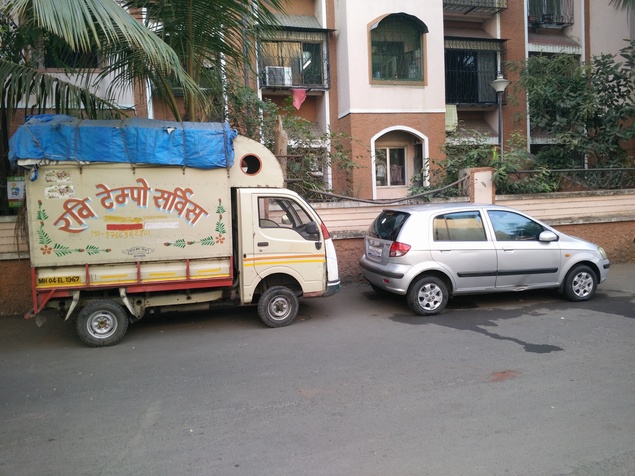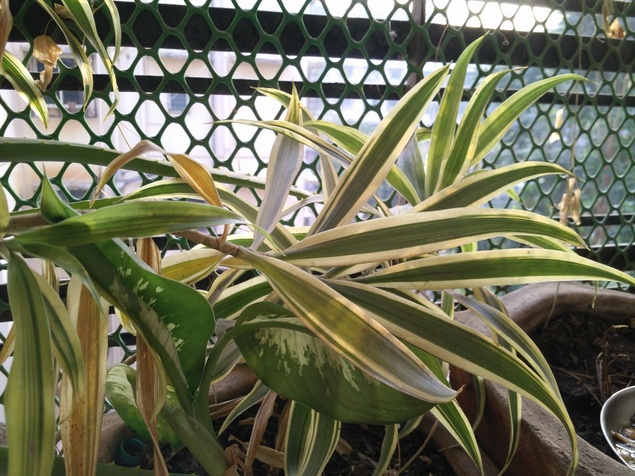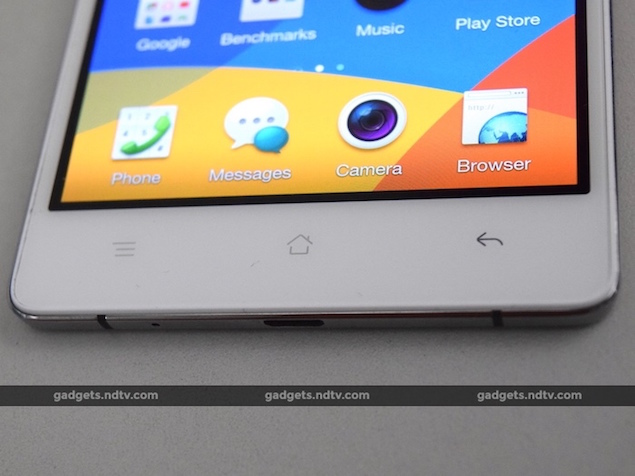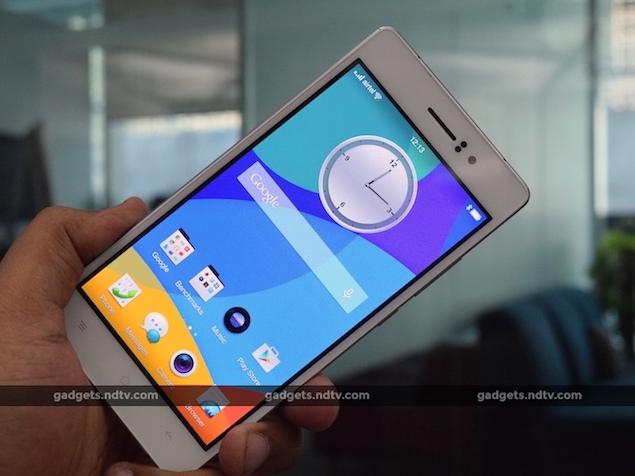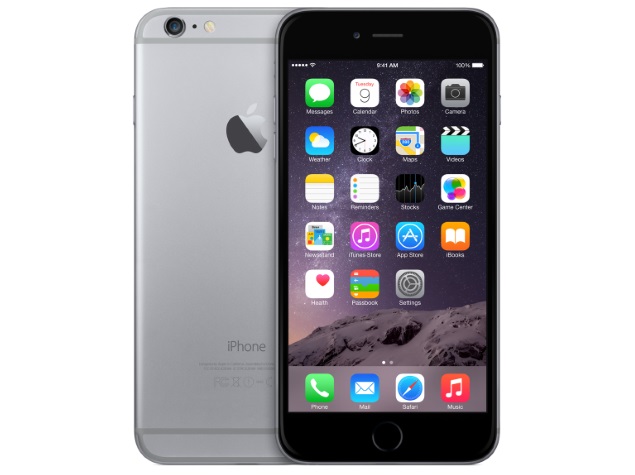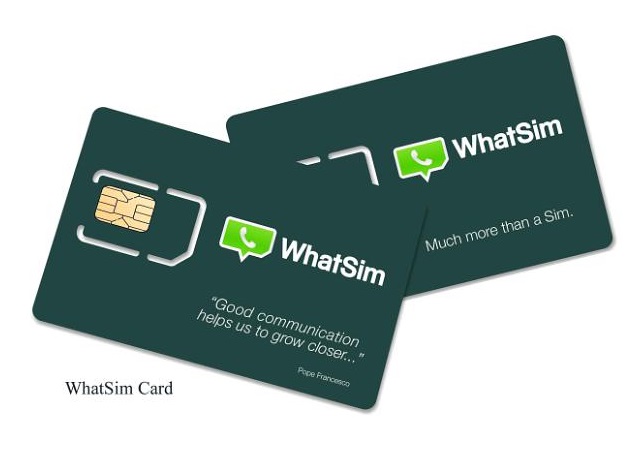
WhatsApp is one of the most popular instant messaging services worldwide, with the company recently announcing 700 million monthly active users. Now, in an attempt to woo the large WhatsApp
user base, an Italian company has launched WhatSim, a WhatsApp-only SIM
that comes with a plan that will let you use the popular messaging app
for free while travelling across about 150 countries.(Also see: WhatsApp Now Available via Your Desktop Browser)
Manuel Zanella Rngineer, Founder and CEO of Zeromobile, the company behind WhatSim, says, "WhatsApp is the future of mobile communications. Its only "limit" is the data connection especially when you are traveling because the roaming charges are expensive and you can't always find Wi-Fi everywhere and it is not always free. As someone who appreciates and uses WhatsApp, I tried to figure out how to get around this problem. That's why WhatSim is an extraordinary opportunity for WhatsApp."
 For
EUR 10 (approximately Rs. 714), users will get a SIM card (standard
worldwide shipping is EUR 5 - Rs. 350 approximately) unlimited text
messaging for a year. While sending and receiving text messages,
location updates, and contacts via WhatsApp is free, users will have to
buy credits for sharing multimedia messages such as photos, videos, and
voice messages. How much you get for your credits depends on where you are travelling.
For
EUR 10 (approximately Rs. 714), users will get a SIM card (standard
worldwide shipping is EUR 5 - Rs. 350 approximately) unlimited text
messaging for a year. While sending and receiving text messages,
location updates, and contacts via WhatsApp is free, users will have to
buy credits for sharing multimedia messages such as photos, videos, and
voice messages. How much you get for your credits depends on where you are travelling.
Zanella further explains, "The solution we have developed is simple and intuitive. With €5 you get 1000 credits that you can use, for instance, to exchange 50 photos or 10 videos in many countries around the world. There are no limits to sharing your position and contacts. This way we guarantee the utmost transparency. Buying a recharge is quick and easy: just go to our website even from your smartphone and soon even from a dedicated app."
WhatSim is available to buy via the WhatSim website, with the company also planning to make it available via "network of local distributors in over 100 countries."
Of course this is not the first time someone's offering a SIM with unlimited WhatsApp usage, though earlier attempts have been limited to a specific country. Last year, WhatsApp, in partnership with E-Plus, a mobile telecommunications operator in Germany, started selling prepaid SIMs that offered unlimited WhatsApp usage.
Manuel Zanella Rngineer, Founder and CEO of Zeromobile, the company behind WhatSim, says, "WhatsApp is the future of mobile communications. Its only "limit" is the data connection especially when you are traveling because the roaming charges are expensive and you can't always find Wi-Fi everywhere and it is not always free. As someone who appreciates and uses WhatsApp, I tried to figure out how to get around this problem. That's why WhatSim is an extraordinary opportunity for WhatsApp."
 For
EUR 10 (approximately Rs. 714), users will get a SIM card (standard
worldwide shipping is EUR 5 - Rs. 350 approximately) unlimited text
messaging for a year. While sending and receiving text messages,
location updates, and contacts via WhatsApp is free, users will have to
buy credits for sharing multimedia messages such as photos, videos, and
voice messages. How much you get for your credits depends on where you are travelling.
For
EUR 10 (approximately Rs. 714), users will get a SIM card (standard
worldwide shipping is EUR 5 - Rs. 350 approximately) unlimited text
messaging for a year. While sending and receiving text messages,
location updates, and contacts via WhatsApp is free, users will have to
buy credits for sharing multimedia messages such as photos, videos, and
voice messages. How much you get for your credits depends on where you are travelling.Zanella further explains, "The solution we have developed is simple and intuitive. With €5 you get 1000 credits that you can use, for instance, to exchange 50 photos or 10 videos in many countries around the world. There are no limits to sharing your position and contacts. This way we guarantee the utmost transparency. Buying a recharge is quick and easy: just go to our website even from your smartphone and soon even from a dedicated app."
WhatSim is available to buy via the WhatSim website, with the company also planning to make it available via "network of local distributors in over 100 countries."
Of course this is not the first time someone's offering a SIM with unlimited WhatsApp usage, though earlier attempts have been limited to a specific country. Last year, WhatsApp, in partnership with E-Plus, a mobile telecommunications operator in Germany, started selling prepaid SIMs that offered unlimited WhatsApp usage.
